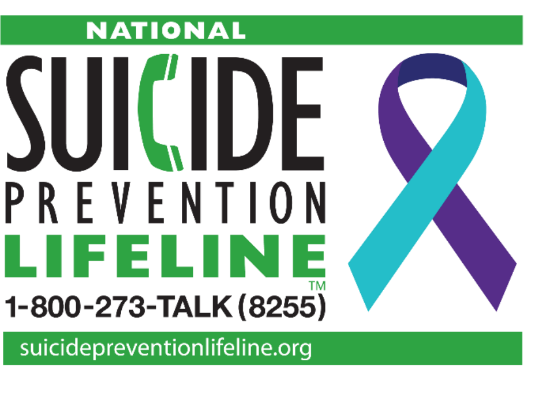
Suicide Prevention Week (September 5-11, 2021) is a time when individuals and organizations around the country and the world join their voices to broadcast the message that everyone can play a role in suicide prevention and to remember loved ones lost to suicide.
For those involved in the justice system, suicide rates are approximately 14 times higher than in the general population, as reported by the Centers for Disease Control and Prevention Web-based Injury Statistics Query and Reporting System. Given that the Council on Criminal Justice and Behavioral Health (CCJBH) is committed to elevating the voices of those with behavioral health needs (BH) who are justice-involved (JI) and bringing awareness of issues affecting the BH/JI population, CCJBH hosted a webinar on September 8, 2021, which highlighted California Department of Public Health’s (CDPH) state suicide and self-harm data and the new CDPH Center for Healthy Communities, Injury, and Violence Prevention Branch, Office of Suicide Prevention. The California Mental Health Services (CalMHSA) also presented helpful resources during the webinar that may be accessed online and shared widely, many of which are included below (excerpted from the CalMHSA Toolkit).
Many of us have been touched by the tragedy of suicide. We may have lost someone close to us or been moved by the loss of someone we may have never met. When suicide happens, those left behind often experience deep shock. Even if they knew the person was struggling, they may not have expected suicide would be the result. However, many people who find themselves in a suicide crisis can and do recover. Suicide can be prevented, and everyone can play a role by learning the warning signs of suicide and finding the words to reach out to someone you are concerned about. Know the Signs: Pain isn’t always obvious. Yet, most people who are considering suicide show some warning signs or signals of their intentions. The signs or changes in behavior may appear in conversations, through their actions, or in social media posts. These are of most concern if the behavior is new, has increased, or seems related to a painful event, loss, or change. Learn more about the warning signs at www.SuicideisPreventable.org Find the Words and Create a Safe Space: Feeling connected to friends, family, and community can be a protective factor for suicide. As we reenter and rebuild the fabrics of our daily life that were so fundamentally disrupted, reconnecting with supportive relationships, and practicing positive coping skills is essential for our emotional well-being. Use this time to reach out to someone in your life and let them know that you are comfortable talking about anything they need, including suicide, and should they ever come to a point where they are questioning their reasons for living, you will be there to listen and support them. Creating this safe space when there is no crisis is one way we can play a role in suicide prevention.
Resources:
- Webinar PowerPoint Presentation
- CalHOPE
- Stories of Hope
- Download the challenge flyer and challenge card!
- You Matter is a safe space for youth to discuss and share stories about mental health and wellness, created and administered by the National Suicide Prevention Lifeline. You Matter blog posts are written by a rotating Blogger Council of individuals between the ages of 13-24 that are passionate about suicide prevention and mental health.
- Veterans Crisis Line: 1-800-273-8255 Text 838255
- Use the online Lifeline Crisis Chat
